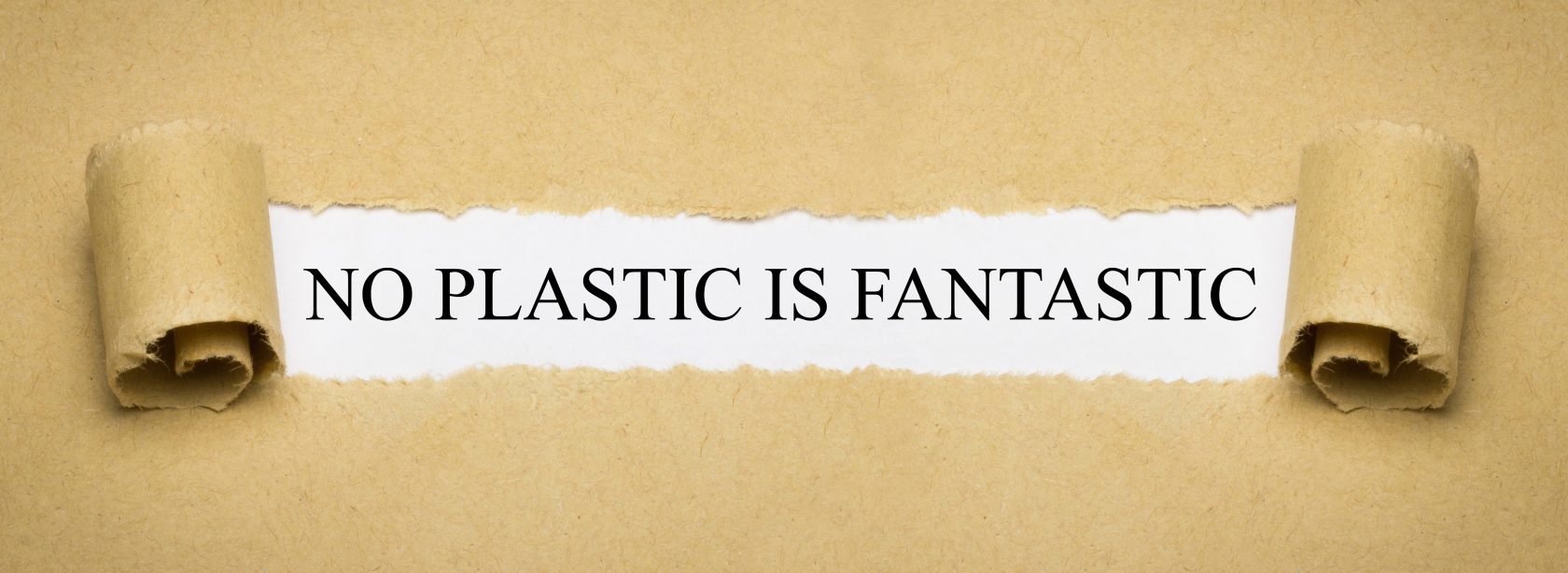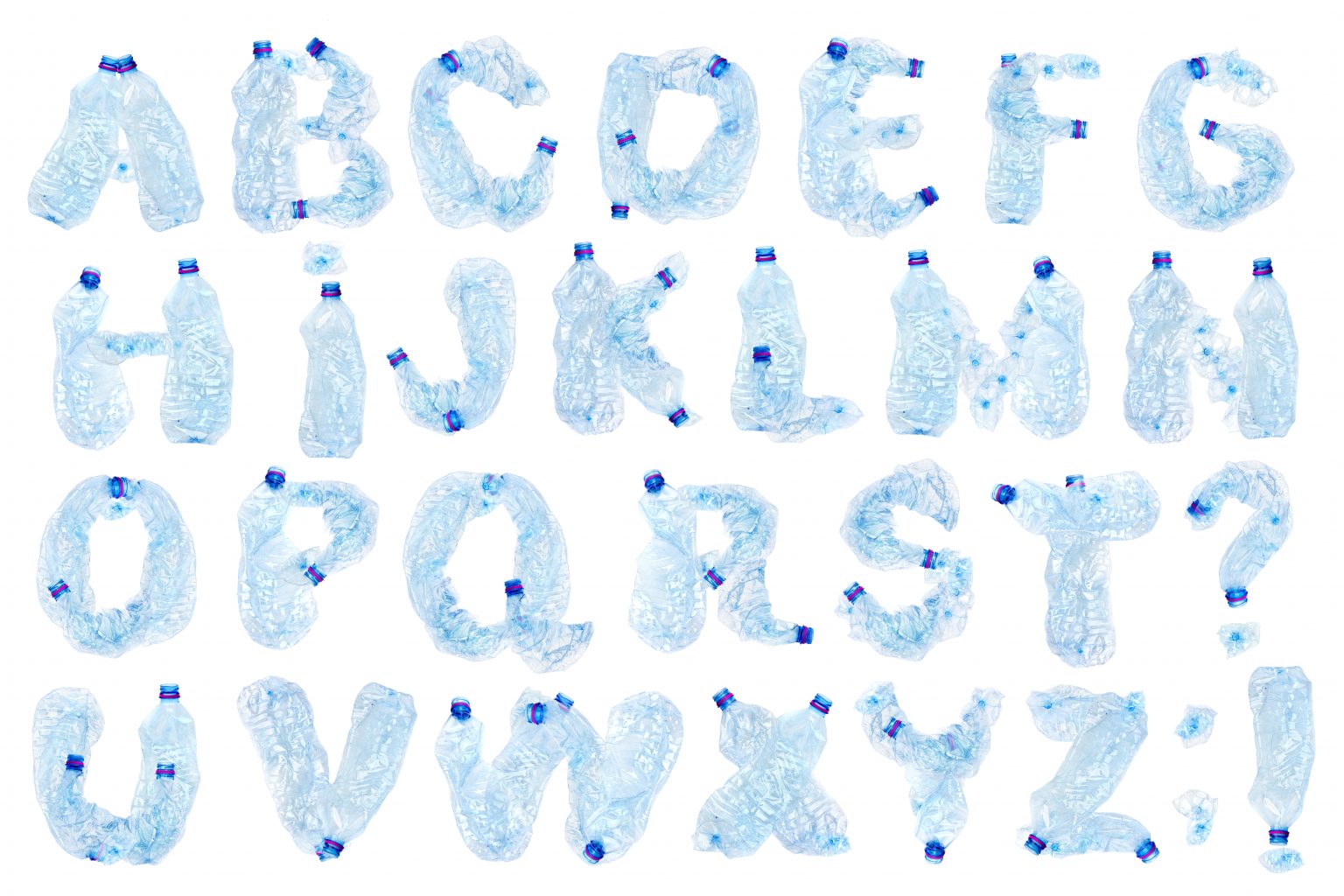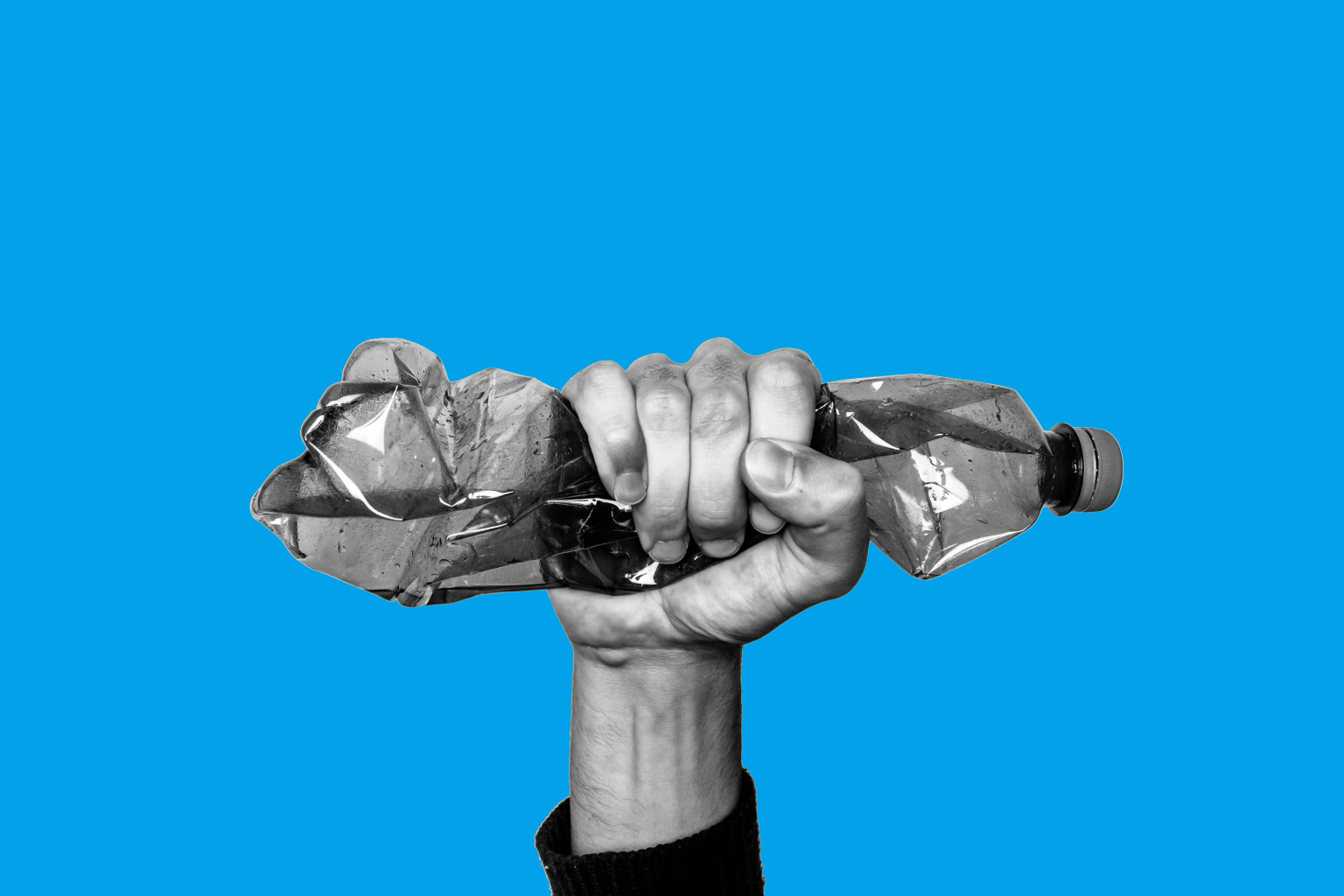

In the previous article, we mentioned the biggest current dilemma faced by the packaging industry: environmental harm. Although becoming 100% plastic-free is an ideal way to protect the environment, at this stage, the packaging industry still has a long way to go before achieving that goal.
This does not mean that we should sit still, however. Fudy believes that there is always something that can be improved. As it is currently impossible to completely remove plastic from packaging, we can start by reducing it.

This article focuses on bioplastics.

Biodegradable plastics often use plant starch as a raw material to modify into plastic products. This kind of product can naturally degrade in a specific environment. Itdegrades best in conditions with high temperatures, high humidity, and the presence of appropriate microorganisms. Unfortunately, not every country has the capacity to facilitate this degradation treatment process. Furthermore, biodegradable products are usually not as strong as their non-biodegradable counterparts, therefore their durability is comparatively weak. In humid and hot environmentsbiodegradable products may decompose and crack on their own, this means they are not suitable for inner packaging trays.
Bio-based plastics are designed to replace a proportion of the petrochemical raw materials used in traditional plastic with renewable biomass, that is, to make plastic with renewable biomass mixed with petrochemical raw materials.
This technology can reduce the use of petrochemical raw materials in manufacturing by reducing plastic and carbon usage from the source. The intention behind bio-based plastics is to minimize the use of petrochemical raw materials from the start of manufacturing rather than emphasizing decomposability at the end of the supply chain. For this reason, bio-based plastics can be used to make durable products such as beverage bottles, toys, stationery, auto parts, 3C product casings, or any other product packaging that need to be well protected.
Despite the fact that bio-based plastics are not easily degradable, quickly maturingtechnologies have made it a viable replacement for traditional general-purpose plastics. In addition, bio-based plastics can be directly recycled and remade into new plastic products. This means that assuming the recycling industry is mature enough, in principle, we can establish a “closed green cycle” system.
The term “bio-based biodegradable” plastics describes some or all of the raw materials derived from renewable biological substrates and are biodegradable. It is a combination of these above two types of bioplastics. In theory, such bioplastics should be more environmentally friendly and ideal substitutes for traditional petrochemical plastics.
Researchers have prioritized natural degradability of bio-based plastic products, however, because of this, the plasticity and rigidity of the products are insufficient.
It means that products made with bio-based biodegradable plastics are not yet widely used. The asset of biodegradability becomes a drawback of increasing flimsiness overtime.Consequently, most products that contain biodegradable plastic are disposable.
Still, with the advancement of technology, we believe that biodegradable bio-based plastics for practical use will be available in the future.

Although it is still difficult to achieve 100% plastic-free packaging, this has always been the mission and vision of Fudy. Since 2010, Fudy has invested heavily in green technology companies and is committed to researching and developing bio-based plastic raw materials. After researching rice and rice bran, we turned our attention to non-carbide raw materials such as marine debris, oysters, and eggshells. Finally, we reached the milestone of making them manufacturable. The following article will briefly introduce our GEX bioplastic technology packaging in detail.
Power for the possible! We are Fudy, your product packaging consultant.
SOURCE

FUDY SOLUTIONS
FUDY SOLUTIONS 3054 Lawrence Expy Santa Clara, CA 95051 USA
